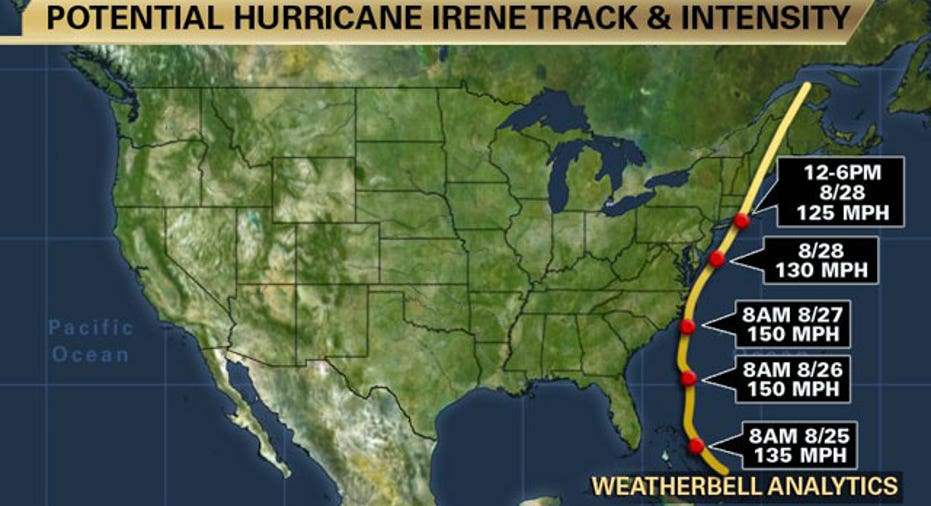The $5,000 Gap in Your Hurricane Coverage

While potentially catastrophic Hurricane Irene bears down on the U.S. East Coast, nervous homeowners watch and wait, hoping they won't be in the storm's path.
If you are among those in the line of fire, a good home insurance plan that includes windstorm coverage should help you sleep better at night. But you could be in for a rude shock if you don't understand how windstorm deductibles differ from other aspects of your home insurance.
While standard home insurance policies often have a deductible of $500 or $1,000, windstorm out-of-pocket costs often are based on a percentage of a home's replacement value - typically, from 1% to 5%, according to the Insurance Information Institute.
So, if your home is insured for $100,000 and Irene or another tropical tempest smashes into it, a 5% windstorm deductible would leave you on the hook for $5,000.
And the situation could be even worse if you live in a condo or home right on the beach.
"The closer a home is to the coastline, the more likely it is that the property's owner will be paying a higher percentage deductible," says Michael Barry, a spokesperson for the Insurance Information Institute.
Many insurers charge deductibles higher than 5% on homes that have an increased risk of coming face-to-face with a hurricane's full fury.
Eighteen states and the District of Columbia allow insurers to use separate windstorm deductibles. They are:
*Alabama
*Connecticut
*Delaware
*Florida
*Georgia
*Hawaii
*Louisiana
*Maine
*Maryland
*Massachusetts
*Mississippi
*New Jersey
*New York
*North Carolina
*Rhode Island
*South Carolina
*Texas
*Virginia
How much will you owe?
Home insurance companies shifted to percentage-based windstorm deductibles after suffering a spate of losses tied to devastating storms such as 1989's Hurricane Hugo in South Carolina and 1992's Hurricane Andrew in Florida.
After those costly storms, home insurance companies struggled to secure reinsurance coverage, which is basically an insurance company's own insurance. By shifting to a percentage deductible, home insurers were able to reduce their risk of overall loss, making them better able to secure reinsurance coverage.
If you have windstorm coverage, you can find your percentage deductible by checking the declarations page of your home insurance policy.
It's also important to know when your windstorm deductible applies, and when it doesn't. Barry says each insurer has its own "trigger" that determines when a windstorm deductible kicks in. Triggers may be determined by the nature of the storm (such as whether the event is officially declared a "tropical storm" or a "hurricane") or the storm's intensity.
"Hurricane deductibles often go into effect when the National Weather Service declares a Category 2 storm," Barry says, though he adds that this varies from company to company.
Although deductibles are becoming costlier, Barry says proactive steps such as installing hurricane shutters can help you "drive down the cost of [your] insurance premiums."
The original article can be found at Insurance.com:The $5,000 gap in your hurricane coverage